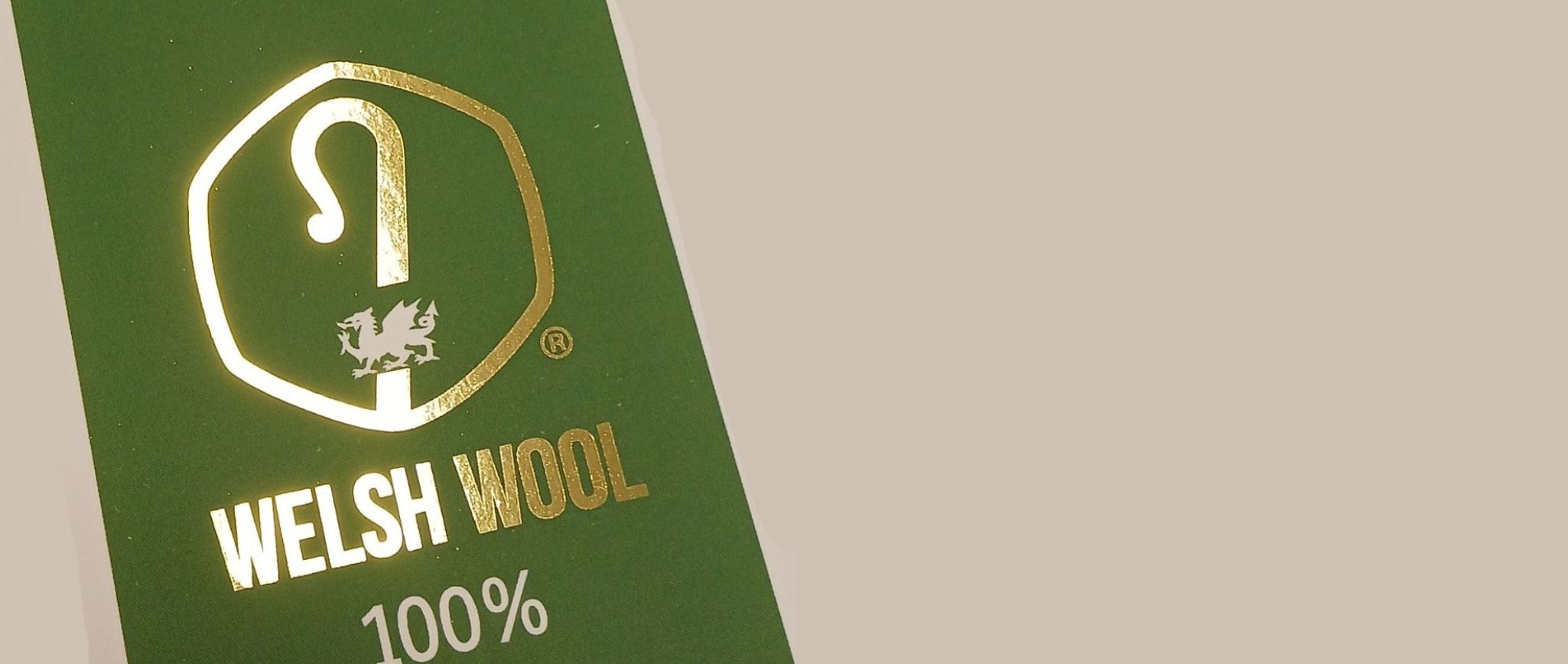
Digital Foiling vs. Block Foiling: A Modern Twist on a Classic Finish
At Platinum, we’re proud to offer both digital foiling and traditional block foiling to suit a wide range of creative and commercial needs. Whether you’re producing a high-end brochure, packaging, or promotional materials, the right foil finish can elevate your brand, and choosing the right method makes all the difference.
Digital foiling is a cutting-edge technique that allows metallic foils to be applied directly to the substrate without the need for traditional metal dies or lengthy setup times. The process uses heat and pressure, much like block foiling, but is driven by digital print data rather than physical tooling. One of the biggest advantages of digital foiling is that it eliminates the need for custom dies, making it ideal for short print runs or projects with limited budgets. As there is no tooling required, jobs can be turned around more quickly, perfect for tight deadlines or last-minute changes.
One of the biggest advantages of digital foiling is its ability to handle individual personalisation with ease. Since the foil adheres directly to toner, you can add unique names, codes, or details to each item without needing a separate die for each variation. Achieving this level of personalisation with traditional foiling would require a custom die for every variable, making it impractically expensive. Digital foiling offers a cost-effective, eye-catching solution for personalised print that truly stands out. Digital foiling is also more sustainable in many cases, as it produces less setup waste and avoids the need for metal dies that may only be used once.
Block foiling, also known as hot foiling, uses custom-made dies, which are pressed into the material using heat and pressure. It’s a more traditional method, and while it provides stunning, crisp results, especially for high-volume jobs, it comes with higher setup costs and longer lead times. If you’re producing a large quantity of the same item, especially something likely to be reprinted in the future, block foiling may be the better choice. Once created, the dies can be reused, making them ideal for long runs and repeat orders. However, for smaller print runs, prototyping, or projects with tight deadlines, digital foiling offers a sleek, modern alternative with greater flexibility and faster turnaround times.
A recent project for British Wool was a perfect example of where digital foiling shines. The brief called for a premium finish with a fast turnaround and limited print quantities. Digital foil allowed us to deliver stunning metallic effects without the delay or cost of traditional dies, all while keeping waste to a minimum.
At Platinum, we don’t believe in one-size-fits-all. That’s why we offer both digital and block foiling in-house, giving our clients the flexibility to choose the process that best suits their project. Whether you’re after the classic impression of block foil or the quick, cost-effective magic of digital, we’ve got you covered.
Ready to add a touch of shine to your next project?
Get in touch with the Platinum team to discuss how digital or block foiling can take your print to the next level.

